Unless otherwise indicated, the environmental key figures are determined on the basis of Volkswagen standard 98000. This standard defines how operational environmental data is to be determined within the Volkswagen Group and its subsidiaries.
The aim is to collect and document all environmentally relevant data from all the plants in a comparable manner. The environmental data is primarily based on measurements and calculations.
The figures may contain estimates if, for example, they are based on statements from energy suppliers that were not available when data was collected. If significant deviations between the actual values and the reported data are identified in the following year, the data is updated. The individual key figures for 2020 were updated in this report using the actual values for 2020.
The scope of the environmental key figures relates to the production sites of the Audi Group. Unless otherwise indicated, these are the following plants: Ingolstadt, Münchsmünster, Neckarsulm, Brussels, Győr, San José Chiapa, Sant’Agata Bolognese (Lamborghini), Bologna (Ducati), Amphur Pluakdaeng (Ducati). Only car-producing sites including component manufacturing are considered for the specific key figures.
In addition to the environmental data of the Audi Group (including Ducati motorcycle production at Bologna and Amphur Pluakdaeng), the environmental data of the car production locations (Ingolstadt, Munchsmunster,Neckarsulm, Brussels, Győr, and Sant’Agata Bolognese sites; including San Jose Chiapa) is also shown separately for better comprehensibility.
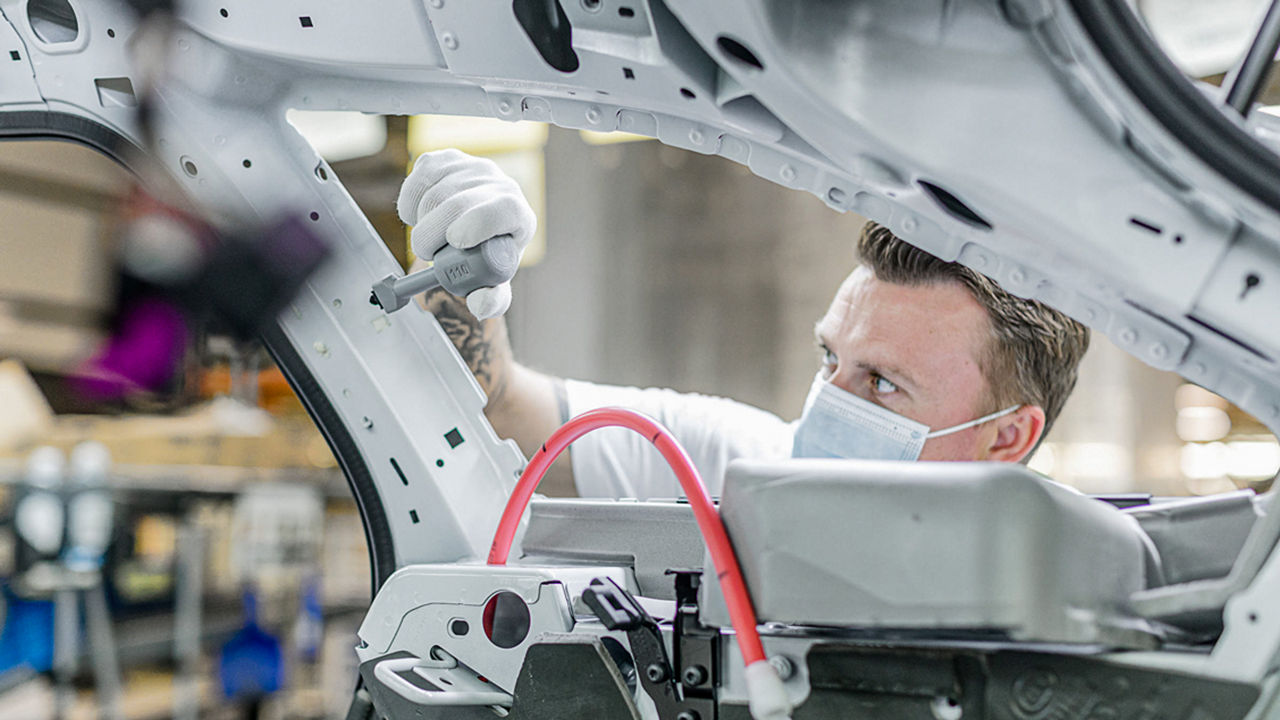

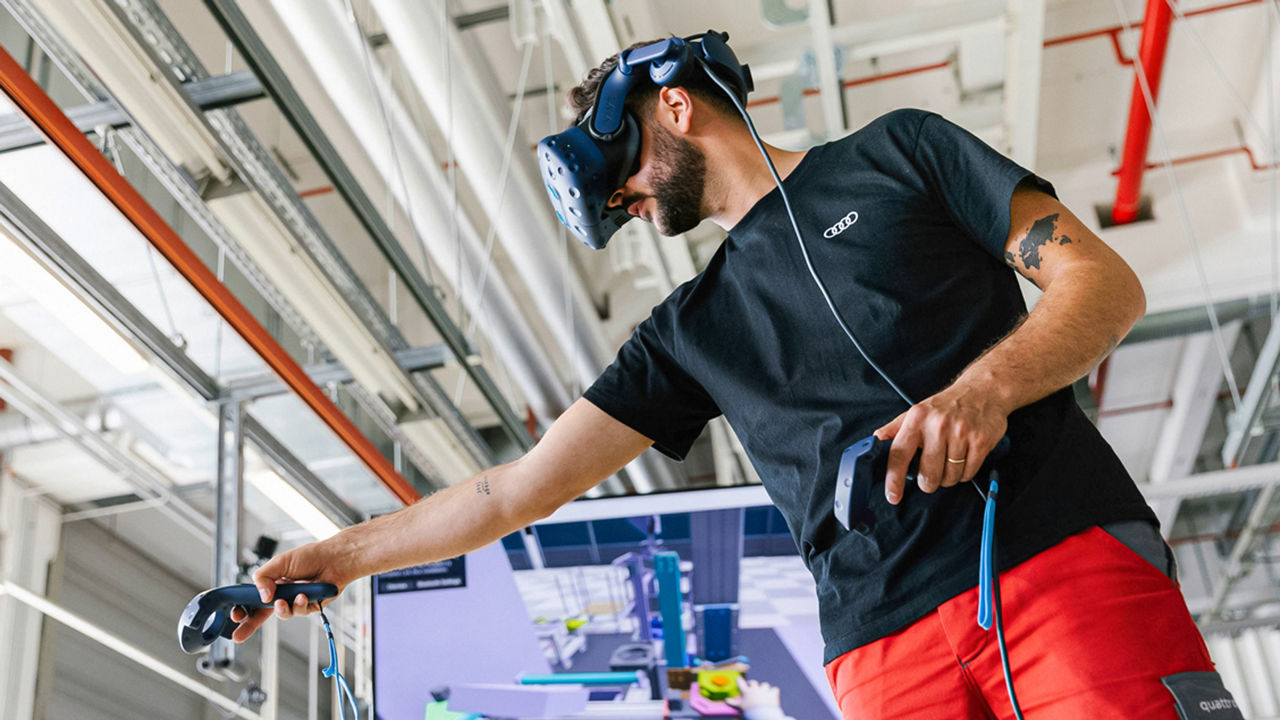
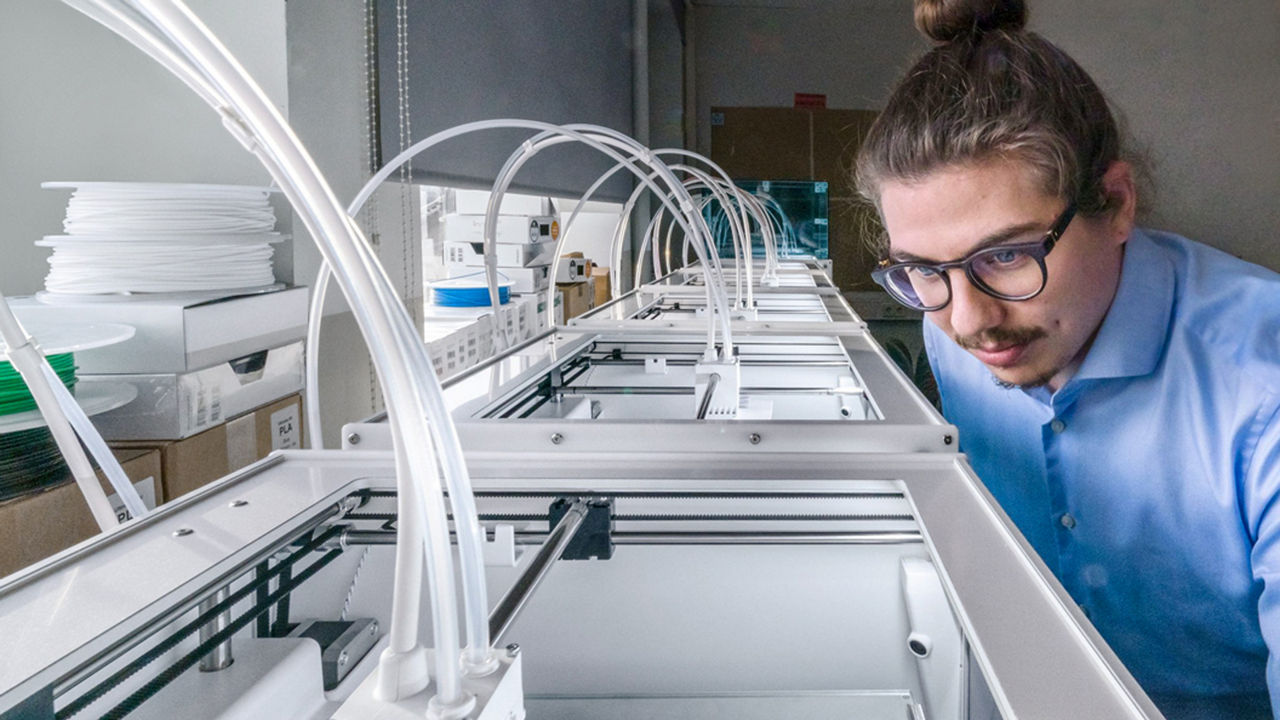

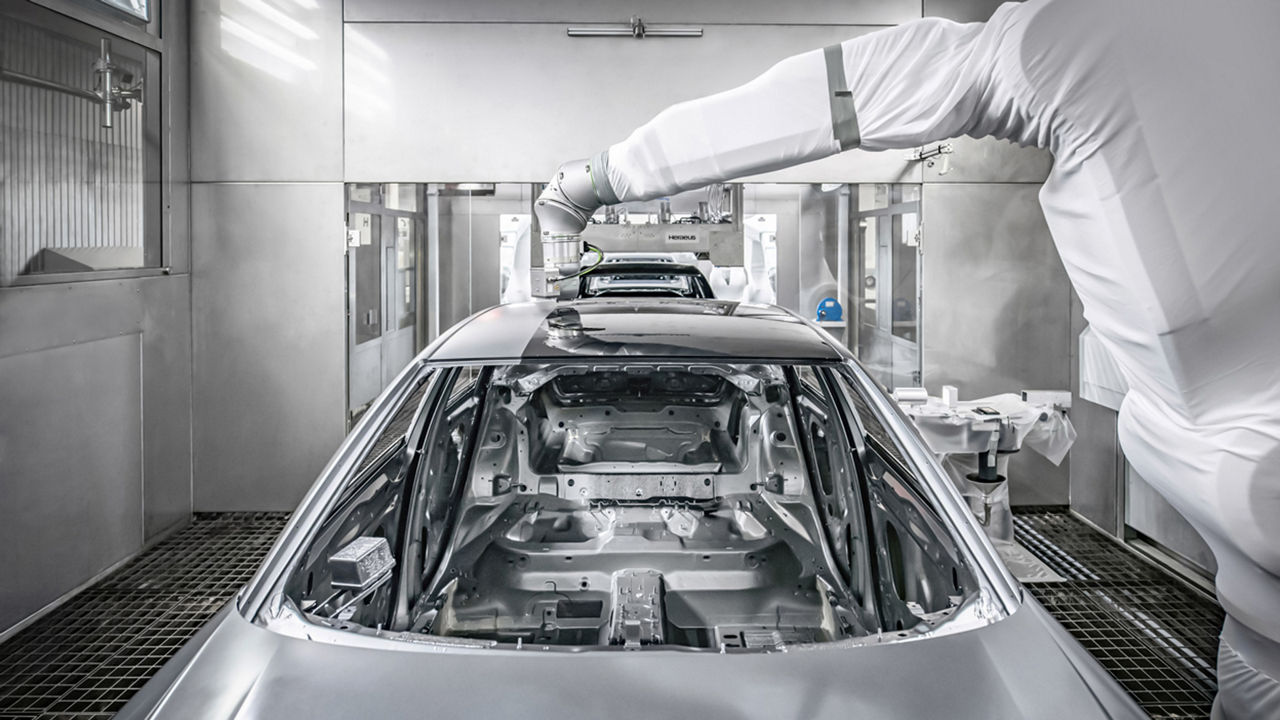
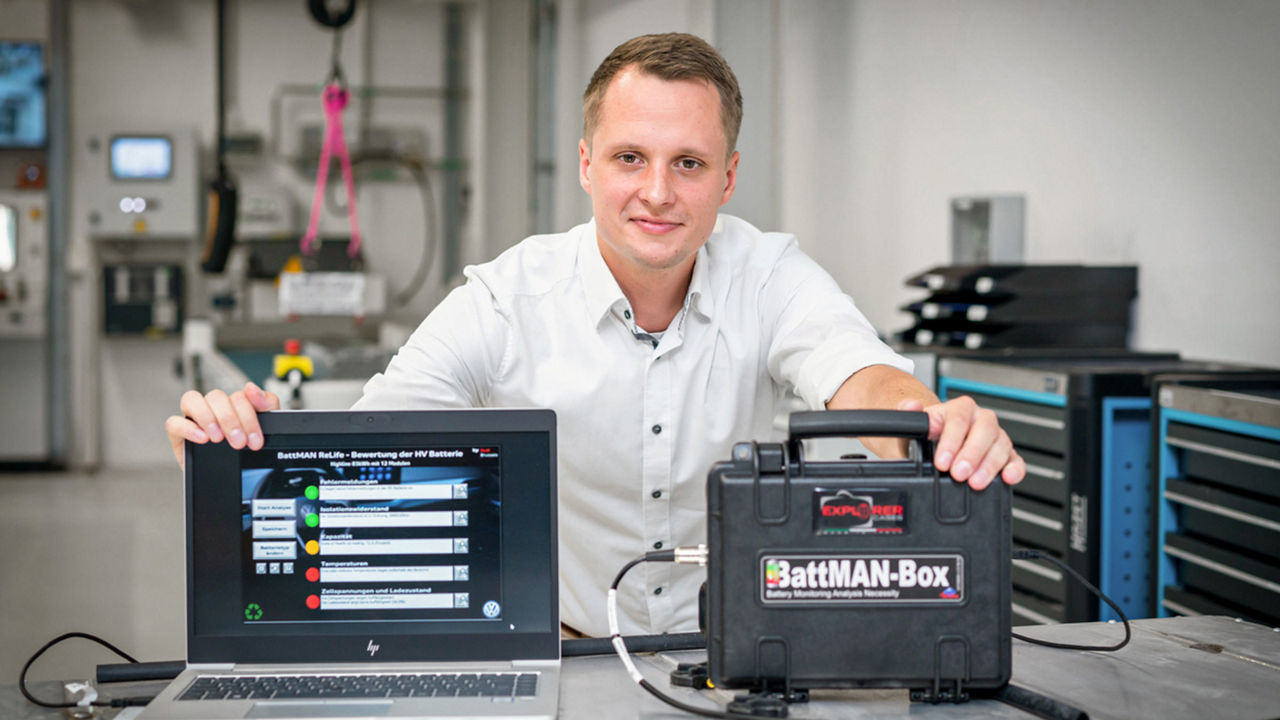


.jpg)
